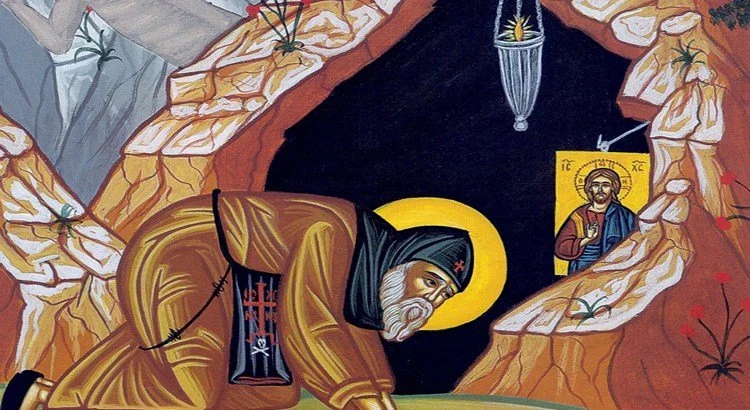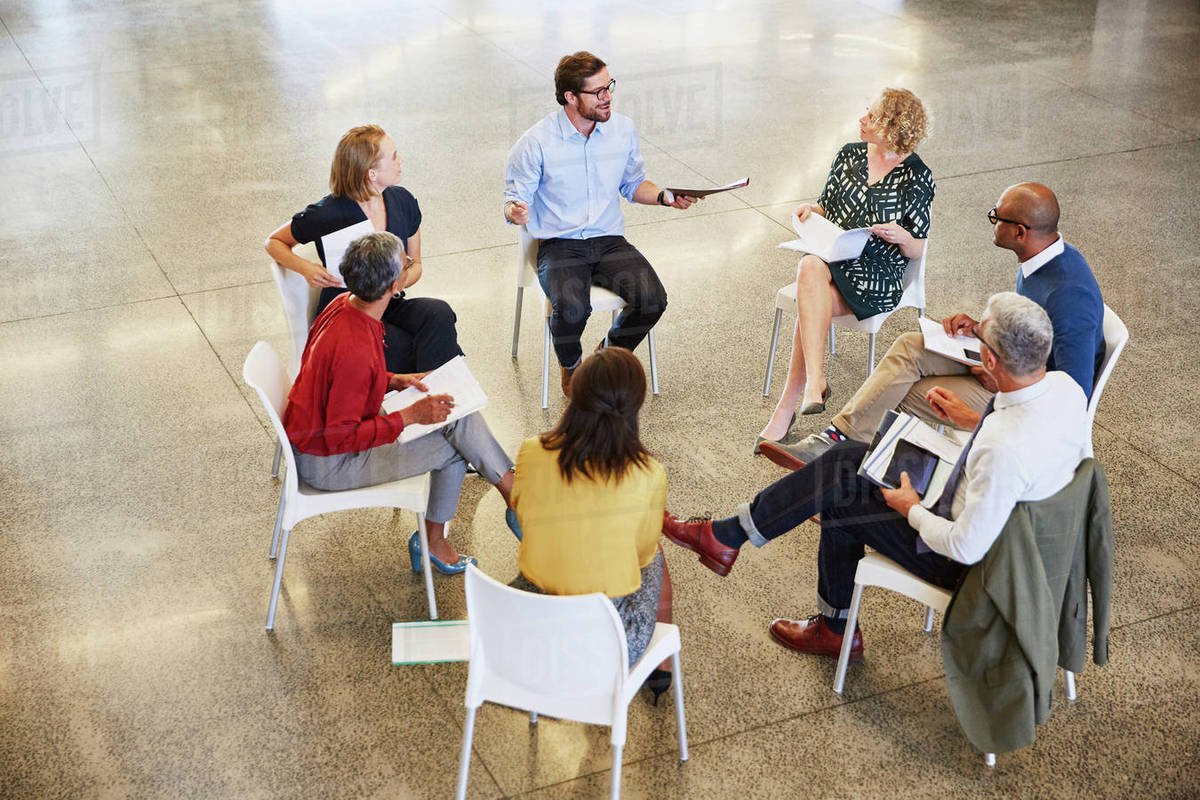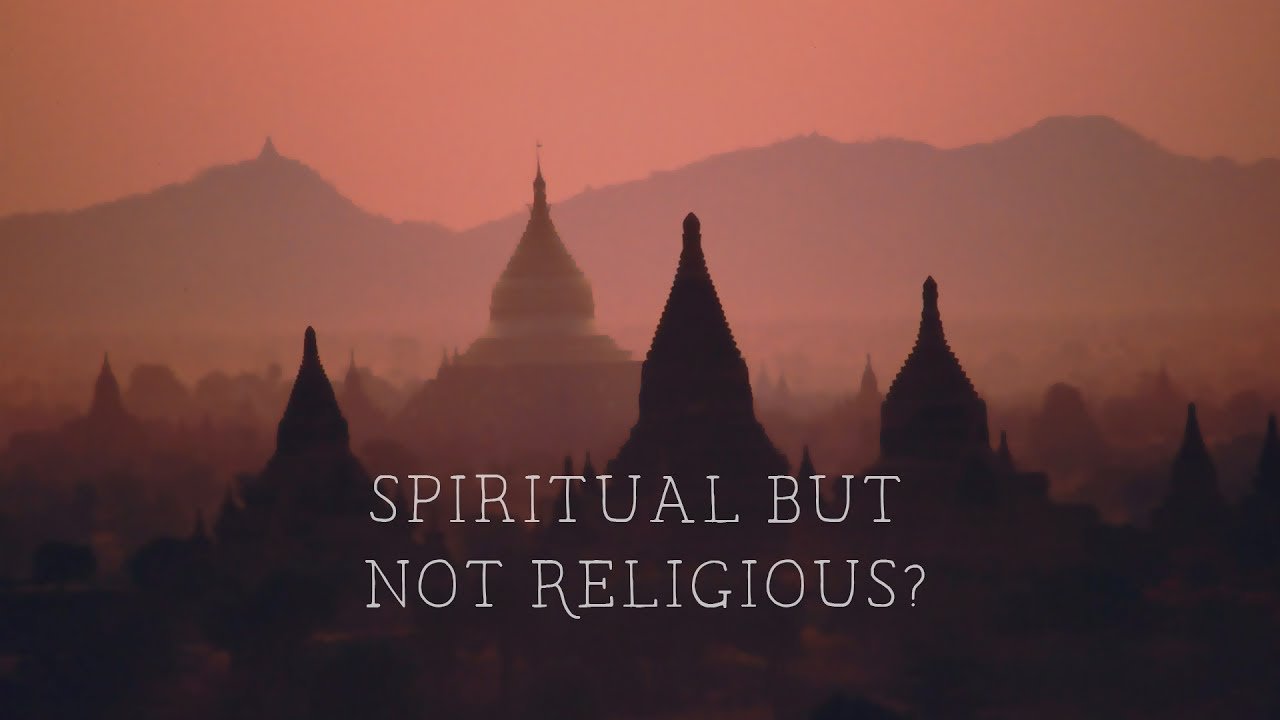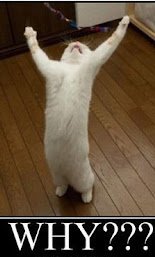Icons and Mary. Icons and Mary.
One hears these two objections like clockwork when answering questions about Orthodox Christianity.
I feel your pain. Regarding icons, my first experience with Orthodoxy was a very Protestant feel of sitting in folding chairs circling a living room during weekly Q & A sessions. About the fourth week in, the priest suggested we go to the icon of Christ in the corner of the room and venerate it.
What? Do what? What is this thing? Why are we venerating it? How do we do it? What does it mean?
I had way more questions than answers, but by that point I did have some trust and confidence in the people I was dealing with. So as the line was dwindling and my turn came up, I sort of nodded at Jesus as I walked by. Over time, after this toe dip in the water, I became more comfortable with the ritual.
1. Are you an unwitting gnostic heretic?
Why the aversion? Part of it is legit: there is a concern that this practice is a violation of the second of the Ten Commandments to not make an image of God. (More on that coming up.)
But another reason may be subconscious, stemming from the heretical air we breathe in this modern, tradition-phobic culture. Gnosticism has overtaken us, the deep-seated belief that somehow the body and the created matter of his world are evil, or at least quite lesser, and the real deal is the soul and spirit. This is a heresy that denies the Incarnation of Christ, who has re-affirmed what God proclaimed in Genesis 1, that the creation is good. He later intertwined it with the highest of all spirits, the Holy Spirit himself. There is no heirarchy between soul and body.
So when we stare at an icon of Christ, we are looking at created matter—not just dreaming something up in our heads—and it jolts our faulty sense that Christ of the highest heavens should not be associated with the lesser physical world. But the great revelation of history is the establishment of that very thing: he has absolutely associated himself with created matter by taking on a human body. Gnosticism is destroyed.
2. The image of Christ himself allows us to make images of Christ.
Regarding the second commandment, a major shift in religious thinking took place when the Father blessed the idea of God being depicted as an image—the face and body of his son, Jesus Christ, the second person of the Trinity. That’s an image, not an amorphous cloud or an unseen something above the Ark of the Covenant.
The Orthodox Church teaches that it is proper to create images of Christ (icons) because God himself did so in the Incarnation. The early church did so, and we can see icons of Christ today in the catacombs. Church Fathers go so far as to say that denying icons leads to denying the Incarnation itself.
Christ as the Good Shepherd painted in the Catacombs of St. Callixtus, 3rd century.
Okay. So images of God are fine. In fact, I never really struggled with icons of Christ before I was Orthodox. Neither did I struggle when I saw people “bowing down” to these icons in an Orthodox service. I understood the Orthodox teaching that the image is a “window to heaven,” something that helps us envision the true Christ, not the icon. It is Christ himself that we are bowing down to.
But that’s not the hard part. The really difficult issue is when you watch Orthodox Christians venerate (“bow down to”) icons that are not of Christ, to saints like Mary, John the Baptist, Nicholas, John Chrysostom, etc. Wait a minute! They aren’t God!
3. In Eastern cultures, we bow down to each other like shaking hands.
So let me explain: Eastern Orthodoxy derives from an Eastern culture, and like Asian and Oriental communities, they practice bowing to each like we practice the handshake (a germ-friendly practice probably worth looking into for the pandemic people, lol.) This was likely practiced by Paul when he said to greet one another with a holy kiss. You bowed to your friend and kissed their cheek, avoiding germy handshakes and engaging in direct face-on-face activity lasting a nanosecond rather than nearly a minute. Certainly, in modern Asian cultures, you will see businessmen bowing to each other. Are they worshipping each other? No. They are paying respect.
Neither are Orthodox Christians worshipping saints. They are paying respect to them in the Eastern style.
I know this is a difficult take, so let me give an example from another angle. Do you have a problem with a man getting down on one knee in front of his lady and proposing marriage? Is he worshipping her? Obviously not. He is offering the ultimate respect and honor. Orthodoxy is a culture of respect, and in the Eastern fashion we pay respect and honor to Christ and his saints. Theologically, the Church is quite clear in saying we only worship the Father, Son, and Holy Spirit, and we venerate, or honor, Mary and the saints.
4. Why must it look like we are worshipping idols?
Before I get to Mary (a subsequent article), I will share one other leg to my journey with icons and Orthodoxy. In time, it became clear to me that we were venerating, not worshipping. But it sure as heck LOOKS like we are worshipping icons. I had to take this up with the Lord. “You want us to bring people into the Church, but here we have this very visible practice that just looks a lot like something other than what it is. Why are you doing this to us?”
My answer is that this is not unlike God at all. He seems to wrap many things up in a cryptic fashion. He told parables because he specifically didn’t want some people to understand them. Jesus told the gentile woman who wanted her daughter healed that the dogs shouldn’t get the children’s food. What? He was testing her to see if she would push through the challenge, and she did. As biblical commentator James Jordan says, “We grow by being given puzzles."
And so with Orthodox Christianity, if you push, if you truly seek and ask the questions, you will learn the truth about icons and Mary. But for those whose hearts are not really interested, they will get filtered out early in the process. It saves both sides a lot of time and energy.
5. So many positives: color, persons affirmed, a culture of respect.
Once you’ve worked through the icon concerns, consider the positives. Christianity involves pictures and color. Lots of it! This is kind of basic. Kids love pictures (and they thrive around icons). So do adults. What do we think of cultures without museums (like in Islam?). We consider it dismal.
More positives. We don’t have icons, generally, of animals or nature. They are reserved for persons. And our society has a desperate need to honor persons. Perhaps we could have won the pro-life battle at a more primal level had we kept the historic tradition of the Church.
A final positive. Orthodoxy retains a culture of respect. We’ve clearly lost that, and that disrespect is leading toward a headlong rush into societal collapse. But in the historic Orthodox Christian Church, we continue to respect our priest father, bishop father, monastic fathers, forefathers, the fathers of Christ, the early Church fathers, and our actual fathers.
“Honor your father and your mother, that your days may be long in the land that the Lord your God is giving you.” (Exodus 20:12)
Regarding honoring your mother (Mary), see my next article.
Dean W. Arnold is an author and documentarian. He writes in binges.






